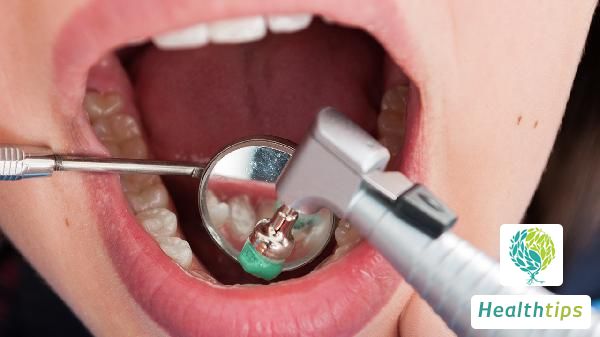How to Determine if There Is an Endocrine Disorder?
Endocrine disorder refers to the disruption of the human endocrine system, resulting in abnormal hormone secretion. Diagnosis of endocrine disorders can be made through observation of self-symptoms, physical signs, and auxiliary examinations. Here are the methods:

Patients with endocrine disorders often exhibit menstrual irregularities, such as increased or decreased menstrual flow, and amenorrhea. They may also manifest acne, hirsutism, and obesity. If any of these symptoms appear, it may indicate the presence of an endocrine disorder.
Female patients may experience breast tenderness and breast hyperplasia, while male patients may experience decreased libido and impotence. Additionally, they may exhibit rough skin and dull complexion.
Blood tests for hormone levels, including estradiol (E2), progesterone (P), testosterone (T), luteinizing hormone (LH), follicle-stimulating hormone (FSH), and prolactin (PRL), can help determine if hormone levels are normal. Furthermore, B-ultrasound can be used to examine the thickness of the uterine lining, which can aid in diagnosing the presence of endocrine disorders. If diagnosed with an endocrine disorder, it is recommended to consult a doctor promptly and take medication under their guidance, such as using traditional Chinese medicine like Motherwort Granules to regulate menstrual cycles. In cases of hyperthyroidism, medications like propylthiouracil should be taken as prescribed.



















